Lung disease reduces the amount of oxygen supplied to the entire body, thereby causing fatigue and exhaustion in the patient.
Fatigue is one of the most common symptoms of chronic obstructive pulmonary disease (COPD), especially as the disease progresses. COPD is a long-term, progressive lung disease that includes emphysema and chronic bronchitis. Research suggests that about 50-70% of people with chronic lung disease experience fatigue.
According to MSc. Dr. Mai Manh Tam, Deputy Head of the Respiratory Department at Tam Anh General Hospital, Hanoi, people with COPD have difficulty getting oxygen into their lungs and expelling carbon dioxide. The lack of oxygen and the accumulation of carbon dioxide can make patients feel tired and lack energy.
In chronic obstructive pulmonary disease, the walls between the small air sacs weaken and rupture, forming large dilated pockets that do not function as gas exchange, reducing the surface area of the lungs, limiting the amount of oxygen from the lungs to the blood, and accumulating carbon dioxide in the lungs. In addition, chronic bronchitis is characterized by increased mucus secretion. Therefore, breathing becomes difficult, requiring the patient to exert more effort, consuming more energy, increasing fatigue.
When a person feels tired, they tend to limit their participation in physical activities, and their body's endurance gradually decreases. In severe lung disease, the patient will experience fatigue and difficulty breathing even when performing daily activities, such as housework, personal hygiene, and simple recreational activities.
Dr. Manh Tam said that although there is currently no complete cure for chronic obstructive pulmonary disease, if the disease is well controlled, symptoms such as fatigue and shortness of breath can be significantly improved. Treatment includes local inhaled sprays that help dilate or widen the airways, and expectorants that help cough up phlegm and secretions. Antibiotics are used when there is an acute attack due to infection. In severe cases, non-invasive mechanical ventilation can be used, combined with oxygen therapy.

The lack of oxygen and the buildup of carbon dioxide can leave the sufferer feeling tired and lacking in energy. Photo: Freepik
In addition, Dr. Tam recommends that patients can refer to easy breathing exercises to do at home to support the respiratory system such as:
Pursed lip breathing : Pursed lip breathing is a common exercise often given to people with difficulty breathing. The patient inhales through the nose, then exhales slowly through the mouth, keeping the lips pursed as if blowing out a candle throughout the exercise. The exhalation time should be at least twice as long as the inhalation time. Repeat the same until the patient can control his breathing.
Belly breathing : Belly breathing helps strengthen the diaphragm, maximizing the amount of oxygen entering the body. Keep one hand on your belly while inhaling deeply through your nose, then use your hand to gently push the air out of your belly while exhaling.
Breathing During Exercise : Breathing during exercise can be an effective way to control your breathing. Learning to regulate your breathing while exercising can also help with breathing. For example, while walking, practice inhaling during certain steps and exhaling during others. Or incorporate breathing into weightlifting activities, exhaling when lifting the weight and inhaling when lowering it.
Controlled cough: People with COPD or other respiratory problems often have a lot of mucus in their lungs. Controlled coughing (unlike the kind you get when you have a cold) can actually help. The cough comes from deep within the lungs and provides the force needed to loosen the thick mucus and remove it from the airways.
The patient performs this by folding both arms in front of the abdomen and inhaling through the nose. As he exhales, lean forward slightly, pressing both hands against the abdomen. Open his mouth and cough gently for 2 times. Each cough should be short, deep, and the diaphragm (the muscle between the abdomen and the chest) will move upward. Then, inhale slowly through the nose to prevent mucus from being pushed back into the airways. Rest and repeat if necessary.
Dr. Tam noted that in addition to breathing exercises, people with lung disease also need to eat in moderation, exercise a lot and maintain good health. If you smoke, quit smoking to move towards a healthier life.
Bao Bao
Source link


![[Photo] Prime Minister Pham Minh Chinh chairs meeting after US announces reciprocal tariffs](https://vstatic.vietnam.vn/vietnam/resource/IMAGE/2025/4/3/ee90a2786c0a45d7868de039cef4a712)

![[Photo] General Secretary To Lam receives Japanese Ambassador to Vietnam Ito Naoki](https://vstatic.vietnam.vn/vietnam/resource/IMAGE/2025/4/3/3a5d233bc09d4928ac9bfed97674be98)

![[Photo] Special relics at the Vietnam Military History Museum associated with the heroic April 30th](https://vstatic.vietnam.vn/vietnam/resource/IMAGE/2025/4/3/a49d65b17b804e398de42bc2caba8368)
![[Photo] Moment of love: Myanmar people are moved to thank Vietnamese soldiers](https://vstatic.vietnam.vn/vietnam/resource/IMAGE/2025/4/3/9b2e07196eb14aa5aacb1bc9e067ae6f)
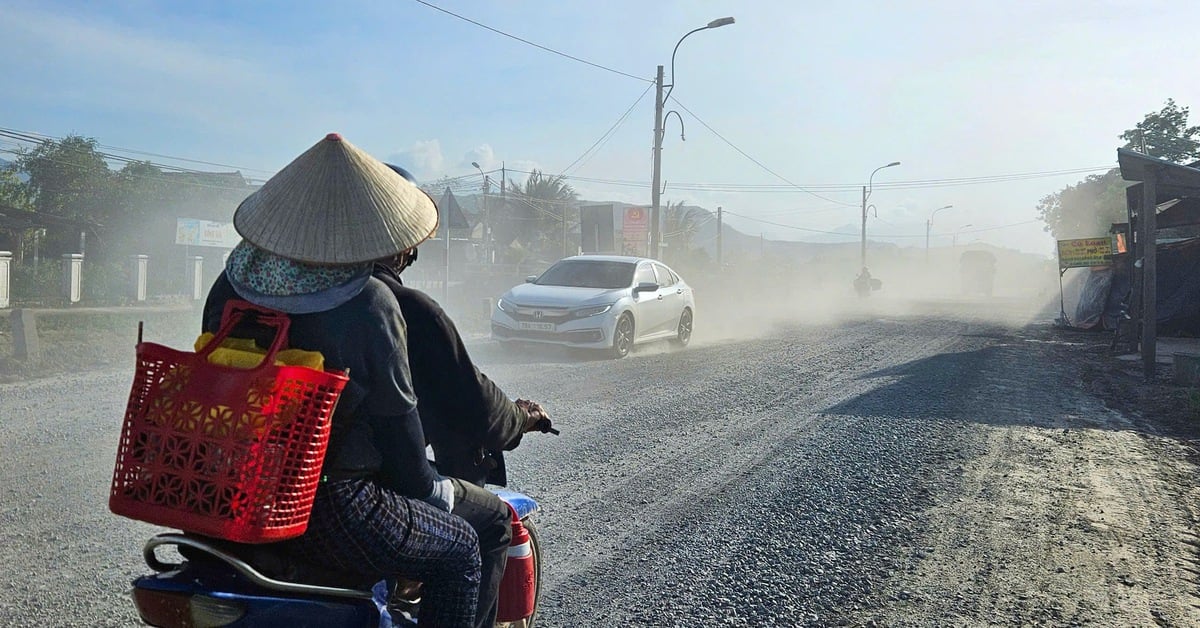

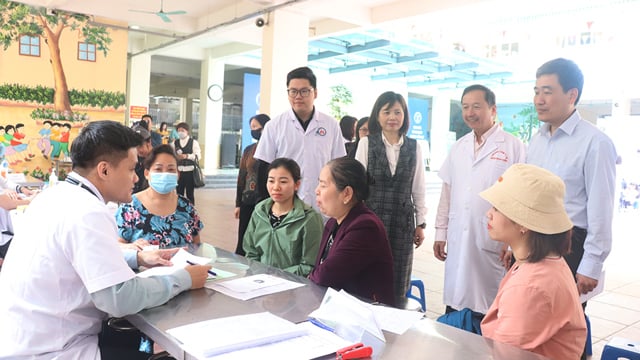

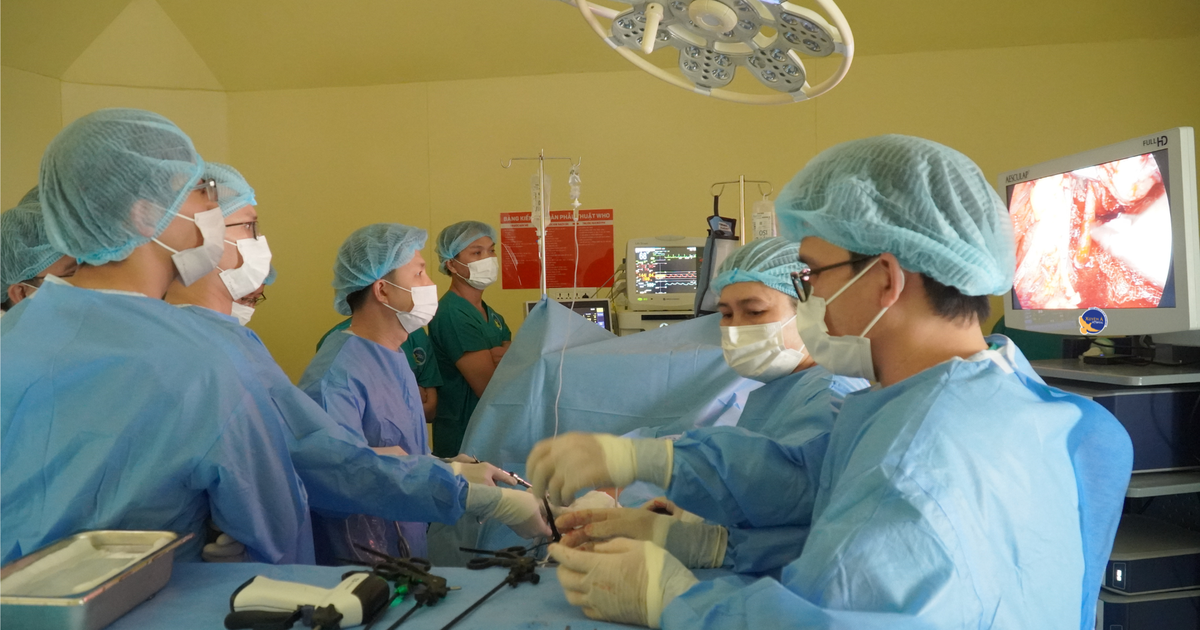





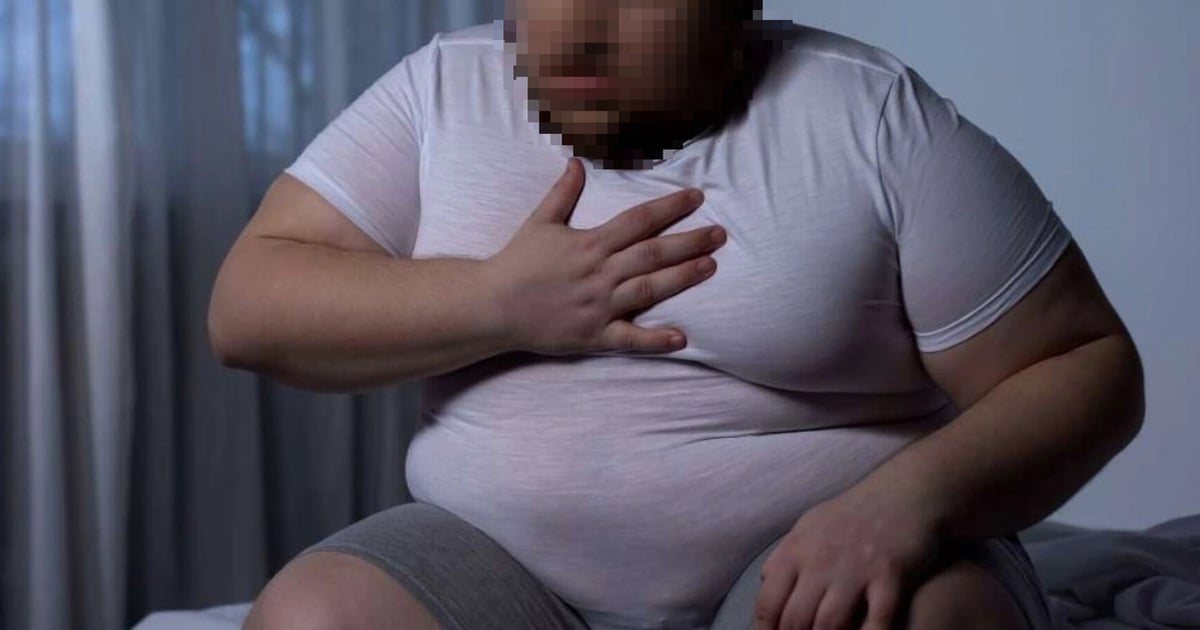

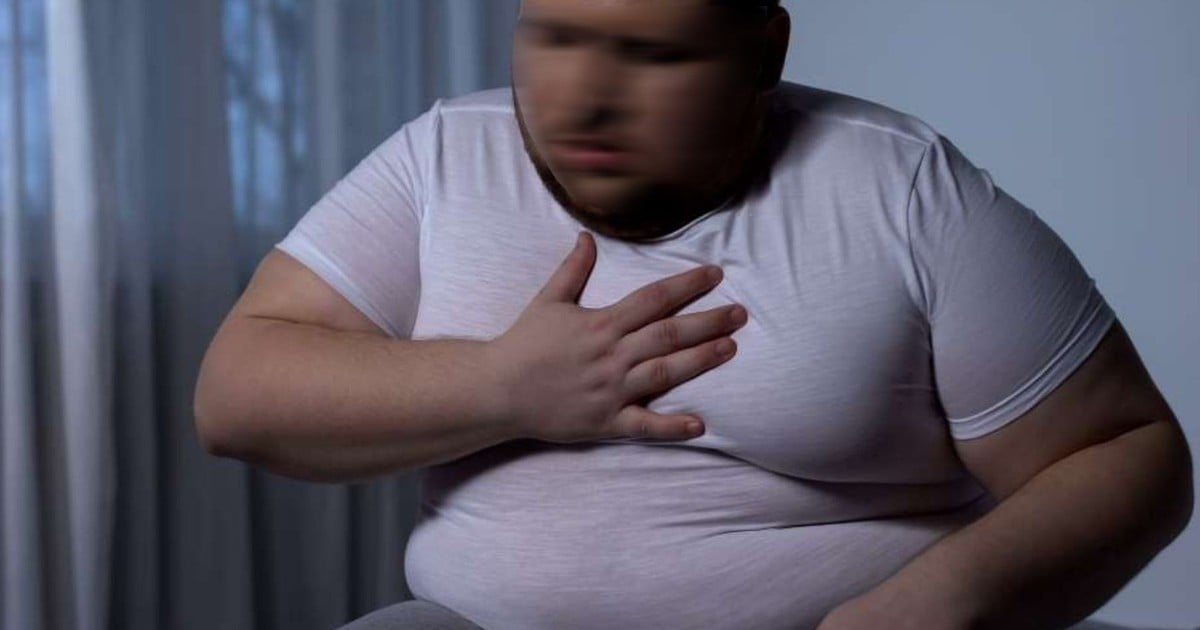

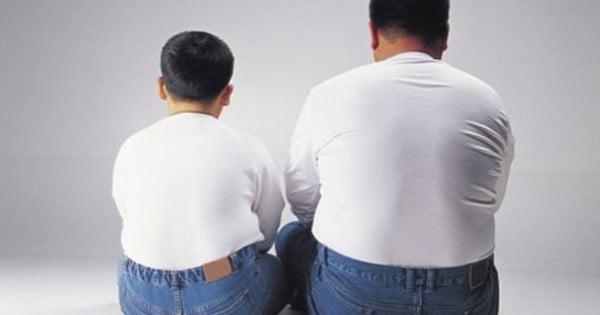
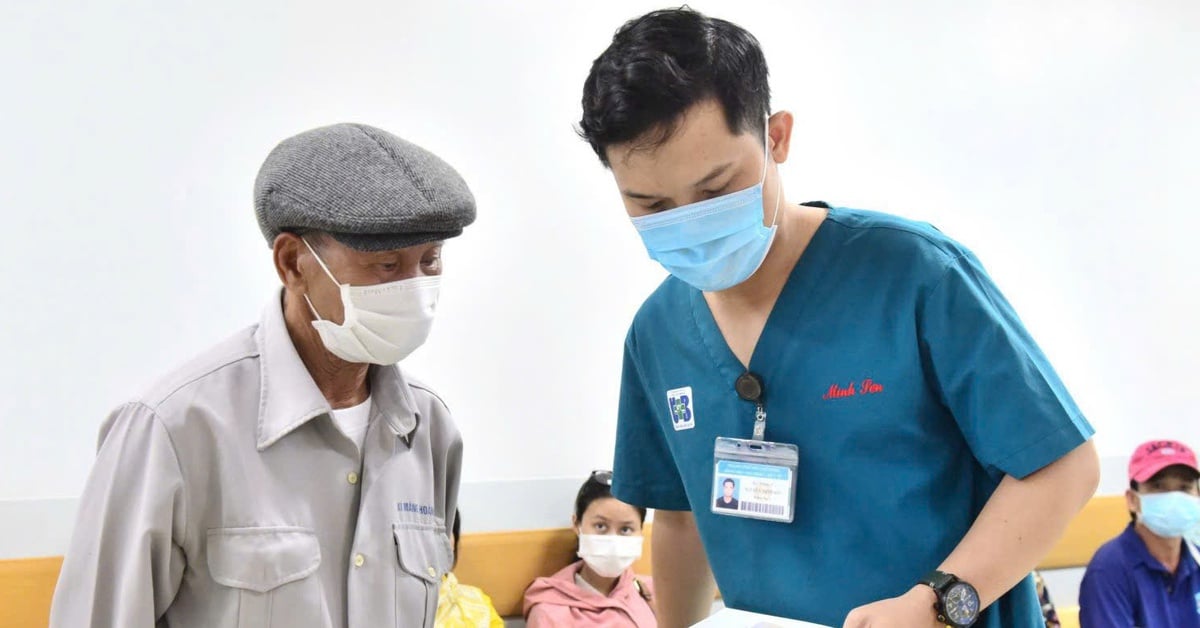

























































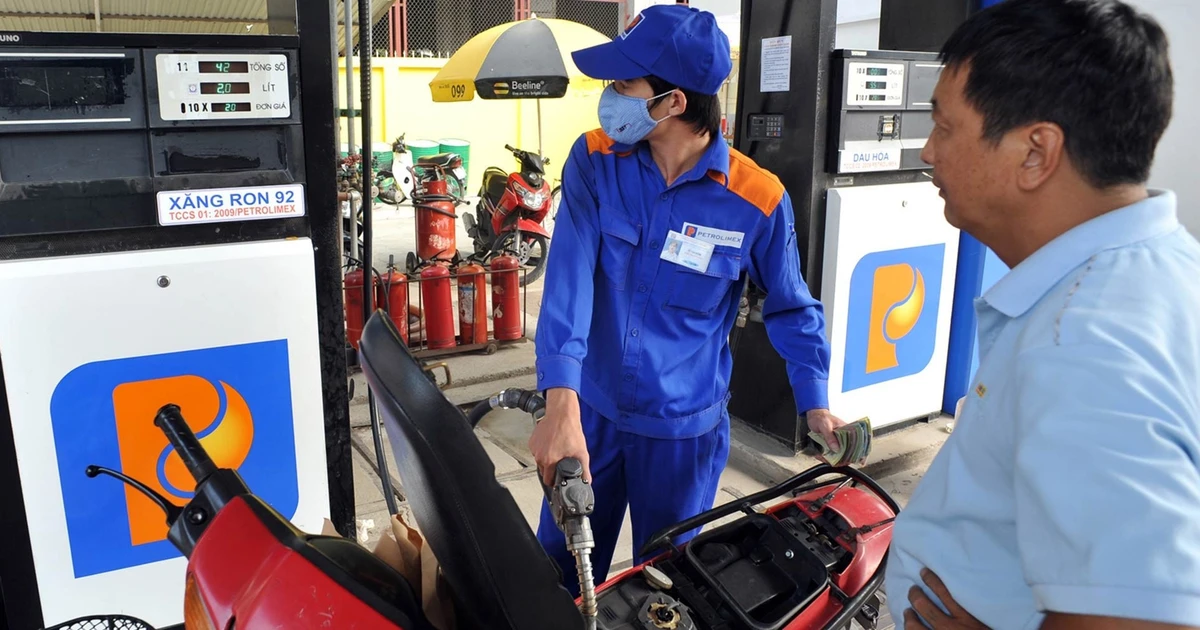












Comment (0)